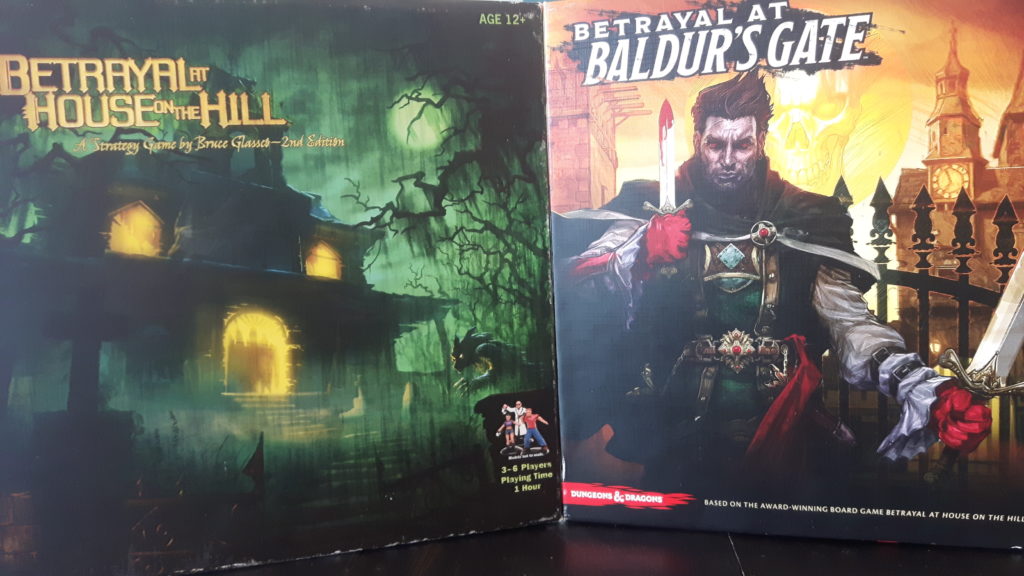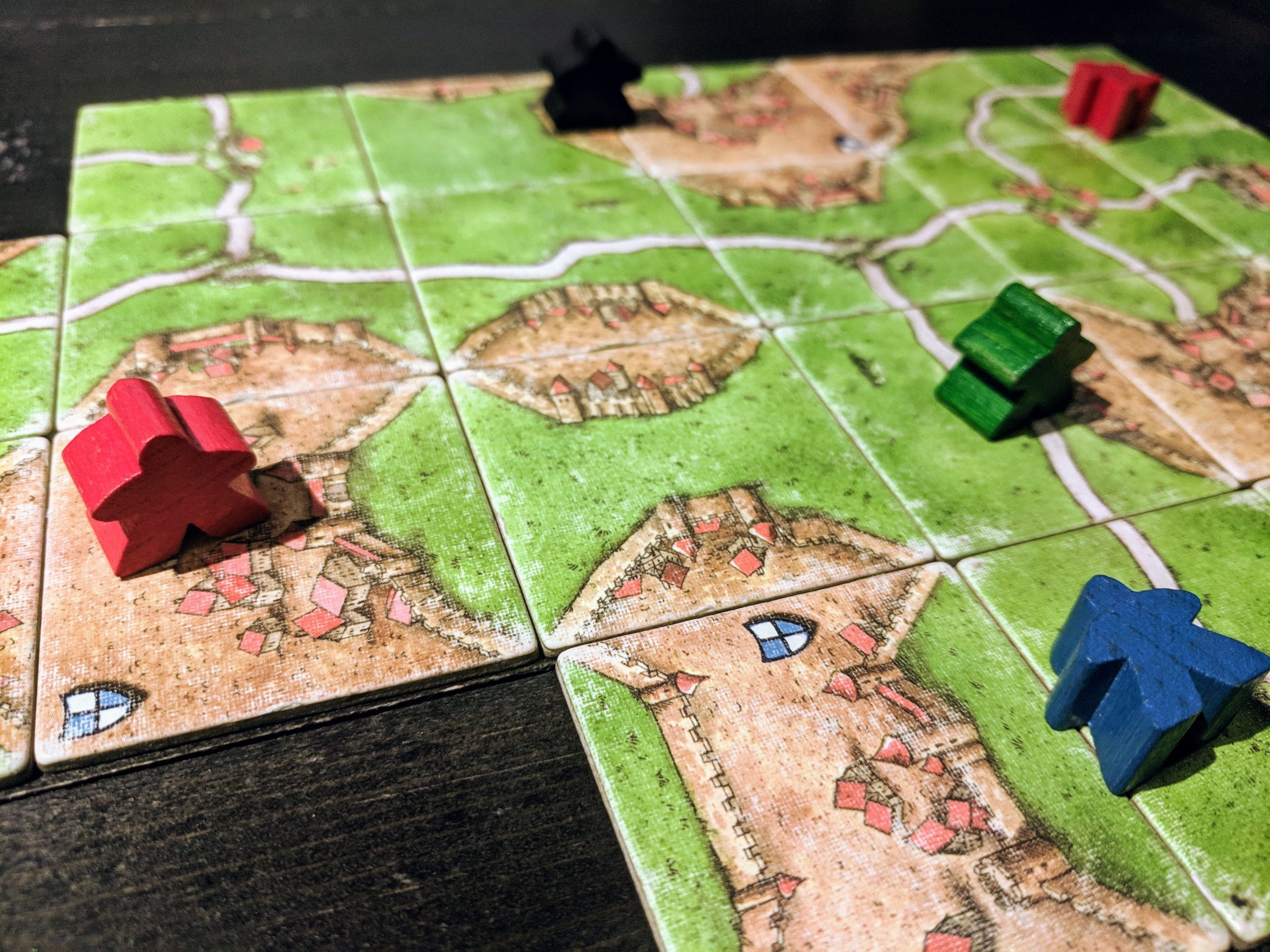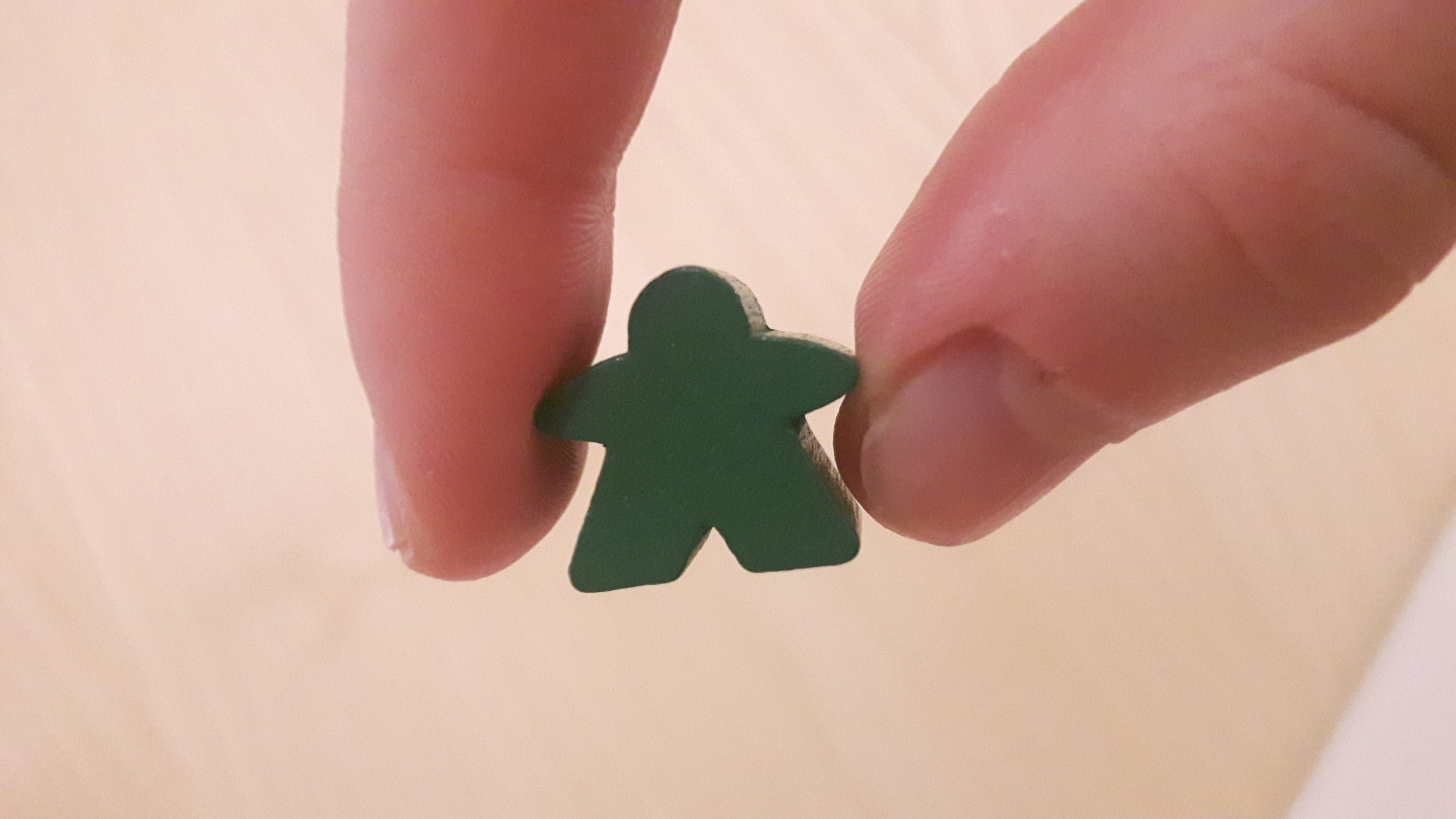There are thousands of board games in the world, with more being published every year, vying for a space on your shelf and on your table. Behind each of these games lies one or more core game mechanics which create the engine through which the games are played. After learning the basics behind how these systems work and becoming familiar with them, picking up new games that share the same mechanic becomes much easier. Here are a few game mechanics that you may recognize from games you’ve played before.
Tile Placement

When people think of board games, usually the first thing that comes to mind is a big singular surface that has its spaces clearly set and defined. Games that involve tile placement, however, allow the players to form the board as they play, shaping the game’s environment and win conditions as they go. Tile placement games challenge players to lay down tiles in strategic places, adhering to the rules of the game, in pursuit of resources, territory, and victory.
Why it’s awesome: Most tile placement games don’t require too much set up. This is great for when you just want to hop into a game with friends and spend more time playing it than setting up the board. Even better than arranging the board; you get to build it whichever way pleases you! This can make each game feel special and different.
Cooperation
Competing for first place with your friends is a fun way to spend game night, but sometimes working together to save the world or escape a cursed temple is a refreshing change of pace from head-to-head conflict among your group. But let’s address the elephant in the room: one could say cooperation isn’t so much a game mechanic as it is a genre. And they’d be right. However, teams and treachery are game mechanics and intrinsically linked to co-op games, so it feels right to include cooperation as a game mechanic in order to encompass the mechanics that exist within it.

Co-op games usually get the players working together on the same team to prevent the board game’s diabolical engine from ruining everything. Sometimes though, it’s not so much the game that the players face off against, but also other players. When the possibility of a spy or traitor is added to the team, suddenly trusting others to play their part becomes much more difficult.
Why it’s awesome: some people just aren’t that competitive and that can make it tough for them to find a board game that jives with their personality. By putting (mostly) everyone on the same team and getting them to (somewhat) work together and share the win/loss, the sting of defeat is lessened and, at least for them, the sweetness of victory is still just as delectable. And that’s pretty tasty.

These are just two mechanics that games use to create a fun experience, but there are plenty more! If tile placement seems like your thing, check out games like Carcassonne and Alhambra. If cooperation seems more up your alley then perhaps you would enjoy Pandemic or Forbidden Sky. For an experience combining the two of these mechanics together, try out Betrayal at House on the Hill or it’s standalone Dungeons and Dragons counterpart, Betrayal at Baldurs Gate.




